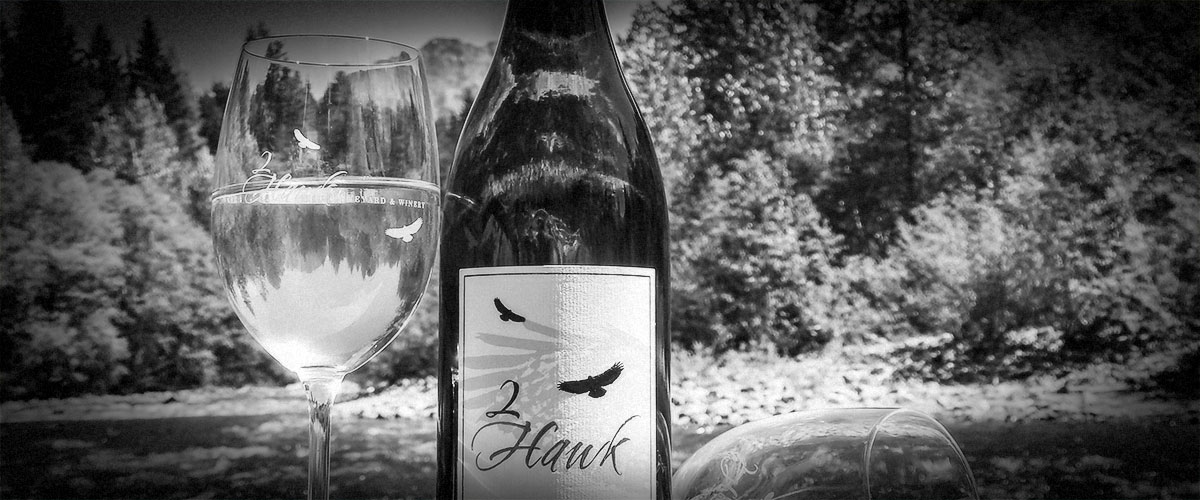by Chris Russell, Contributor
If you’ve spent any time browsing wine lists or shopping for wine, there’s a good chance you’ve come across the term “natural wine” at some point. But what exactly is “natural wine”? As a concept, it’s pretty simple—bottle only that which the vineyard produces naturally—but what exactly does that mean, how does that criterion differ from other wines, and how does 2Hawk fit into this category? Let’s explore!
Defining Natural
Perhaps unintentionally, the phrase “natural wine” implies there are two kinds of wine: natural and unnatural. This couldn’t be further from the truth, however. In nearly all respects, every wine is “natural.” In the wild, native yeast will ferment grapes that aren’t eaten quickly enough by animals, resulting in partially fermented fruit. Some animals specifically seek out this semi-fermented fruit, even becoming visibly intoxicated after consumption. In a sense, growing fruit, making wine, and consuming wine are as natural as processes can be, existing as they do independently of human intervention.
As 2Hawk Winemaker Kiley Evans explains, “Fermentation happens with regularity in nature when wild grapevines and other fruit-producing trees and plants produce fruit that is normally eaten by some animal and later deposited by that animal to hopefully make new plants. This illustrates nature’s most basic tenet: survive and procreate. The grapes that don’t get eaten eventually either rot or get fermented by native flora. Again, it’s a natural process, and the microbes that ferment the fruit just want to survive and procreate—just like the plants that produce the fruit and the animals who consume it.”
The bottom line is that the term “natural wine” itself isn’t regulated or defined in any official capacity, meaning the term could plausibly appear on practically any wine label. It’s like the term “reserve.” For that reason, when you’re selecting a wine, it’s best not to rely on the term itself to convey anything specific about the wine or the winemaking process—ask for the details.
Vineyard to Bottle
The term “natural wine” generally implies that the vineyards are farmed organically or biodynamically and that little to nothing has been added to the juice, fermenting must, or resulting wine. In reality, however, these characteristics are only arrived at by consensus. They are not set in stone nor regulated in any way.
2Hawk Winemaker Kiley Evans takes this school of thought to heart, independent of the “natural wine” label. Our sustainably farmed fruit is hand-harvested at peak maturity for our style of wine, fermented with our feral vineyard yeasts, and bottled after judicious aging. This deft hand of restraint is what allows the terroir of our vineyard to shine through. Indeed, maintaining a healthy vineyard in an environmentally responsible manner, minimally correcting deficiencies in the fruit for the sake of balance and final wine quality, and bottling the wine with the minimum level of sulfites needed for protection is how 2Hawk crafts stellar, consistently award-winning wine year after year. In this case, the absence of the term “natural wine” doesn’t necessarily tell you anything valuable, either.
On Sulfites
As we discussed in a previous blog, sulfites are present in all wines—unless they’re removed. Produced naturally by yeast as a defense mechanism against competitors, sulfites also help protect wines from other undesirable microbes and premature oxidation. Without sufficient levels of sulfites, most wines would have a much shorter shelf and cellar life and would be difficult to transport without damage. Perhaps counterintuitively, some added sulfite can actually protect the natural fruit expression of a wine, preserving those characteristics that otherwise simply wouldn’t last very long after bottling.
2Hawk’s own house yeast—a strain we isolated from our vineyard in 2017—consistently produces sulfite levels of 18–25mg/L by the end of fermentation, meaning we need to add significantly less sulfite at bottling to protect the wine. In the case of sulfites, the presence of the term “natural wine” doesn’t necessarily convey helpful information, so it’s best to inquire about specifics on sulfites. Again, get those details!
Learn More
We hope you’ve enjoyed learning about some of the myths and facts surrounding natural wine. If you’re not already subscribed to our newsletter, it’s a great way to learn more about the winemaking process and keep up-to-date on the latest 2Hawk happenings. Do you have any questions about our wines, our vineyard, or the winemaking process in general? If so, we’d love to hear from you! Please comment below or reach out to us directly via our Contact page.
Meanwhile, if you’d like to know more about our Rogue Valley wines, here are a few ways:
- Winter is a special time of year at 2Hawk, when the latest vintage takes shape and the foundations are laid for the next harvest. Read all about it in last month’s post, Winter at 2Hawk Vineyard & Winery.
- Visit the tasting room to sample our current wines.
- Follow us on Facebook and Instagram to keep up with the latest happenings.


Thank you for addressing this almost, seemingly political, issue.
If you share this information, what are the most common used additives (other than sulfites) you employ.
Just curious.
I haven’t been by to taste your wine for a couple years, although I hope to stop in soon.
Thank you!
Sarah
Hi, Sarah. This is a great question that is too big a subject to address in comments, but deserves answering in a future blog.
If you haven’t been by to taste our wines in a few years you should get by. I think you’ll be blown away by how clearly our commitment to quality comes through in the glass.
Cheers and we hope to see you soon!
Kiley Evans, Winemaker
* correction
What are the most commonly used additives….
Also, please respond in a private e-mail rather than blog.
Thank you